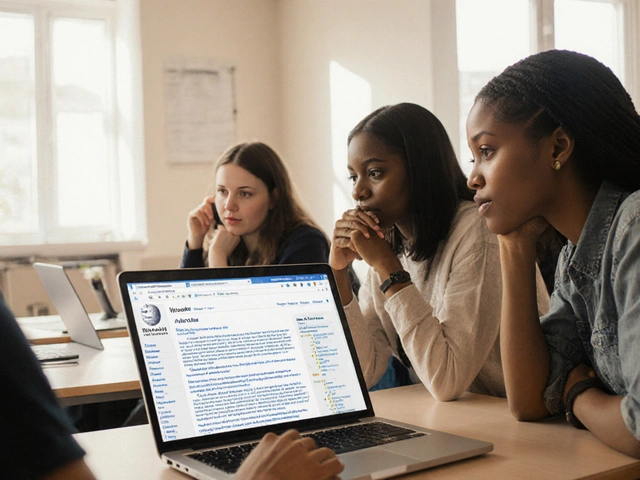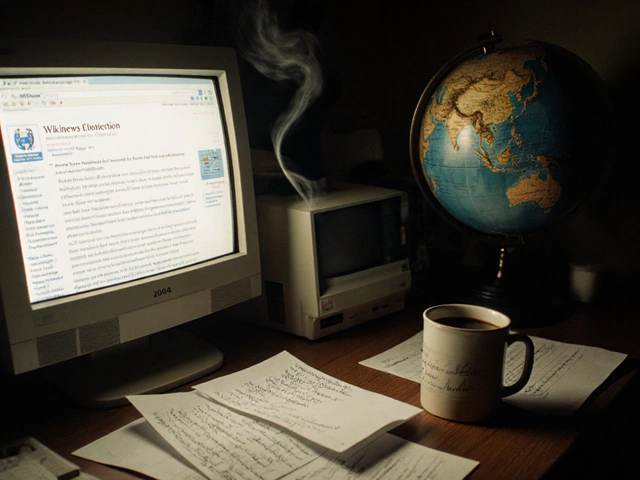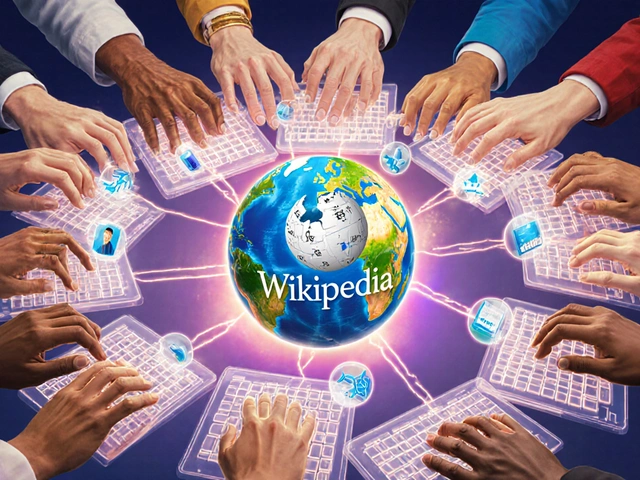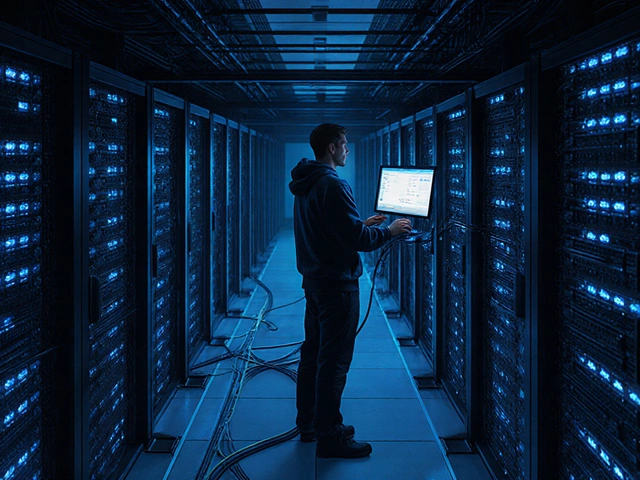Fact-Checking on Wikipedia: How Reliable Sources and Human Editors Keep Truth Alive
When you need to verify a claim, fact-checking, the process of verifying the accuracy of information against trusted evidence. Also known as source verification, it’s what keeps Wikipedia from becoming just another collection of rumors. Unlike social media or AI-generated summaries, Wikipedia doesn’t guess. It requires every statement to be backed by a published, reliable source—books, peer-reviewed journals, reputable news outlets. This isn’t optional. It’s the rule. And it’s why millions still turn to Wikipedia when they need to know what’s real.
Behind every accurate article are volunteers who act like digital detectives. They check citations, track down original studies, and flag claims that don’t hold up. Tools like the watchlist, a feature that lets editors monitor changes to specific articles help them catch errors fast. When someone adds a false date, a misquoted statistic, or a made-up fact, these editors revert it—and often leave a note explaining why. This isn’t about being strict. It’s about being honest. The reliable sources, published materials with editorial oversight that can be independently verified policy is the backbone of this system. Primary sources like personal blogs or press releases? They’re rarely enough. Secondary sources—like news reports that analyze events or academic papers that review multiple studies—are preferred because they add context and reduce bias.
What makes Wikipedia’s fact-checking different from AI tools? AI can spit out citations that look real but don’t actually support the claim. Wikipedia’s editors don’t just copy-paste—they read. They check if the source says what it’s supposed to. They know the difference between a study that’s been peer-reviewed and one that’s just posted online. And when there’s disagreement? They don’t fight. They discuss. Using policies like due weight, the rule that ensures all significant viewpoints are represented in proportion to their presence in reliable sources, they balance competing claims without giving equal space to fringe ideas. This is how Wikipedia stays ahead of AI encyclopedias that rely on patterns, not proof.
Journalists use Wikipedia not as a source—but as a starting point. They look at the citations, follow the links, and find the real documents. That’s fact-checking in action: turning a Wikipedia page into a trail of evidence. And when misinformation spreads? The community reacts. Whether it’s a false rumor about a public figure or a misleading claim about science, volunteers jump in. They update, they cite, they explain. It’s slow. It’s quiet. But it works.
Below, you’ll find real stories from the front lines of this effort—how editors track down sources, how the community handles false claims, and why human judgment still beats algorithms when it comes to truth.
Challenges Journalists Face When Using Wikipedia as a Primary Source
Journalists often rely on Wikipedia for quick facts, but using it as a primary source risks spreading misinformation. Learn why it's dangerous and how to use it responsibly.







